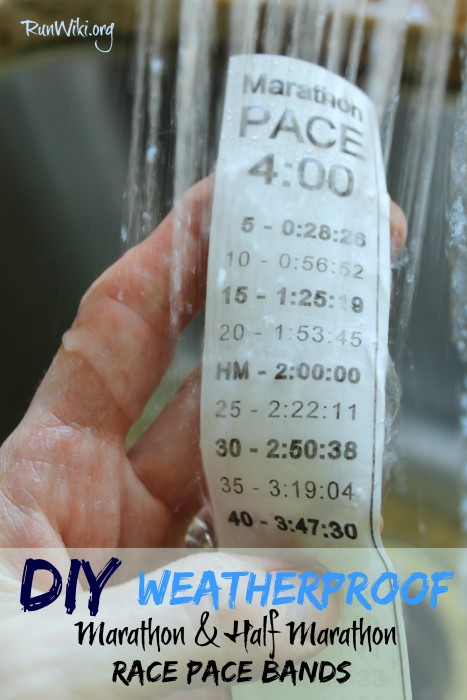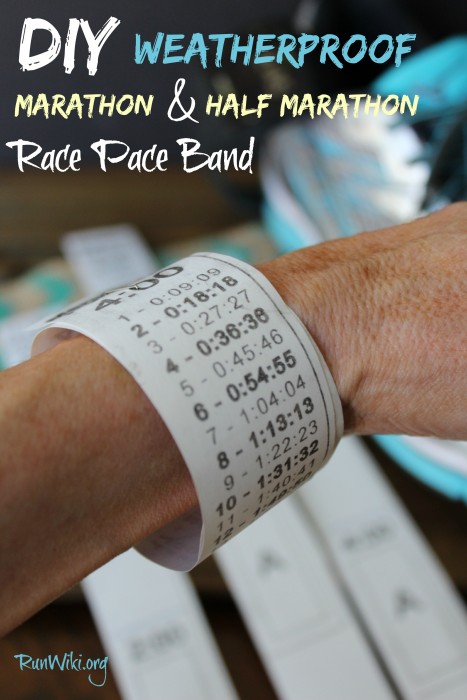
I have run 10 marathons and with the exception of the last two, I went out way too fast.
Before I had a few races under my belt, I ran more by feel than by what I really should be running. Endurance races are much different than the shorter distances because if you don’t have a plan, things can go seriously wrong toward the end of a race. In my case, I learned the hard way– I’ve had some pretty crappy races.
You may have heard the terms “Negative Splits,” “Even Splits,” and “Positive Splits,” but what do they mean? Let me define these terms for you in a very simple way:
Negative Splits– means that you run the second half of a race faster than the first.
Even Splits– means that you run the same pace the entire race.
Positive Splits– means that you run the first half of the race faster than the last.
Most running coaches will advise you to run Even or Negative Splits. Running Positive splits isn’t ideal because you should reserve your energy for the end of a race.
For me personally, I have never been able to run negative splits in a full marathon, so I opt for even and have had the most success with that. Unless you are a very talented runner, even splits is probably what you should aim for during your first, although every individual is different.
To determine what pace you should run a marathon, first take a time from a shorter distance and use the McMillan Pace Calculator to establish what your goal time will be. Most training programs are from 12-16 weeks. There are many plans to choose from, but I’ve had the best results using RunnersConnect. You can get more information on that program HERE. RunnersConnect offers the most well researched advise on all things running. If you have a question, they can answer it for you.
A few other articles I found very helpful with regard to pacing are, How To Pace Yourself While Running Outside by Run To The Finish and How To Develop a Race Strategy by Fine Fit Day.
Using a GPS is a great way to track your pace, but in addition to that I recommend wearing a race pace wristband. This is a very helpful tool to keep you on track and gives you a clear, cumulative picture of where you’re at in the race. There are few different options when it comes to race pace bands. You can do mile splits (shows your cumulative time for each mile) or 5K splits (gives you cumulative time for every 5K) for a full Marathon. You can do the same for a half marathon as well.
Now you’re probably asking yourself, “how do I get a race pace band?” I’m going to teach you how to make your own that is sweat and weatherproof.

What You’ll Need
One sheet of Weatherproof paper– there are many brands, but for this project, I used this one HERE.
A computer and printer
Scissors
A stapler or double sided tape
How To Make It
First, determine what pace you are going to run your race. Then, go to MarathonGuide.com right HERE and use their Pace Band Creator and calculator to enter your time and create your own personal wristband.
Place your weatherproof paper in the printer and go! When it’s done printing be sure to let it thoroughly dry (it takes a few seconds.. I gave it 30). Once it’s dry, use your scissors to cut it out.
Attach it to your wrist on race day with either double sided tape or staples. I prefer stapling to ensure it doesn’t fall off.
All done! It’s that easy.
As you can see by my picture, I ran this under the water to see if it was truly waterproof. The water stream I used was full and strong and the ink didn’t smudge and the paper did not become soft and soggy.
There you have your own running pace chart bracelet that will not let you down even in the nastiest of weather, and, since the pack of paper came with several sheets, I make them for all of my running buddies too.
DIY Weatherproof Full or Half Marathon Race Pace Band #fitfluential #runchat Click To Tweet
How about you? Do you find a race pace band helpful? Have you ever run a race with negative splits?
